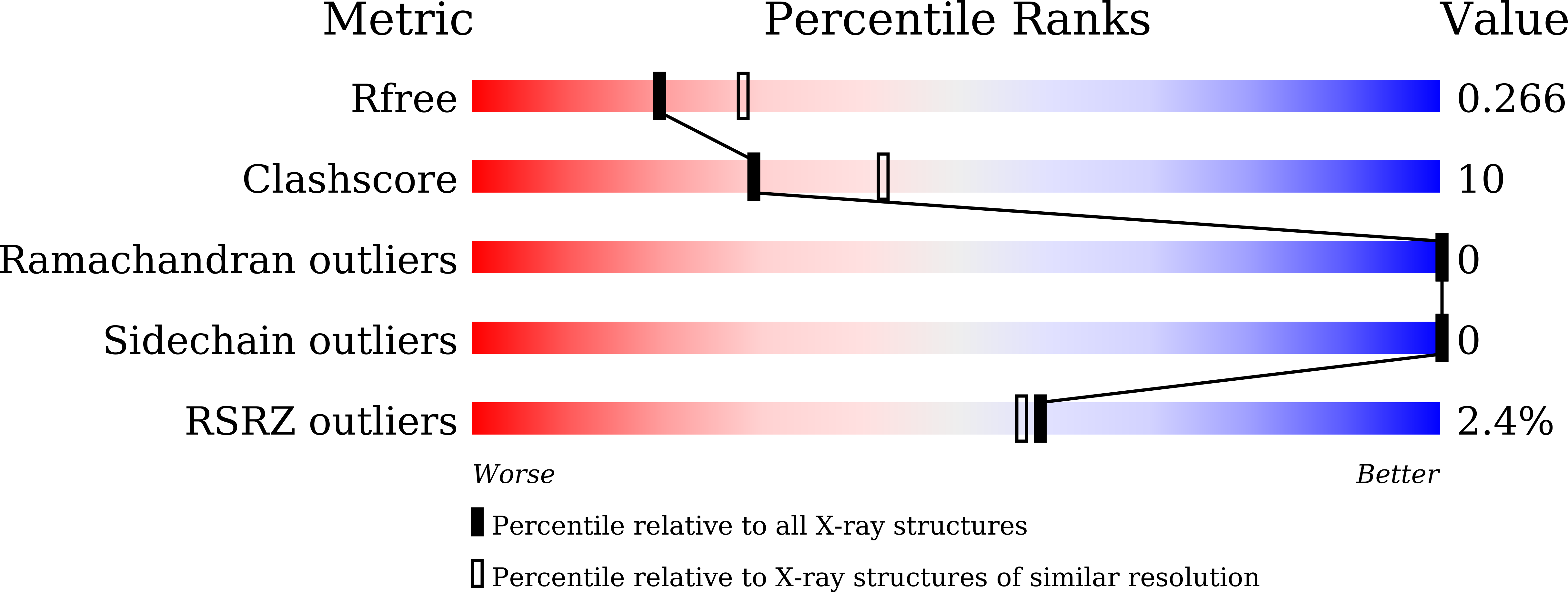
Deposition Date
2020-06-17
Release Date
2020-12-16
Last Version Date
2023-11-29
Entry Detail
PDB ID:
7CCE
Keywords:
Title:
crystal structure of Arabidopsis AIPP3 BAH domain in complex with an H3K27me3 peptide
Biological Source:
Source Organism:
Arabidopsis thaliana (Taxon ID: 3702)
Host Organism:
Method Details:
Experimental Method:
Resolution:
2.40 Å
R-Value Free:
0.26
R-Value Work:
0.21
R-Value Observed:
0.22
Space Group:
P 31 2 1


